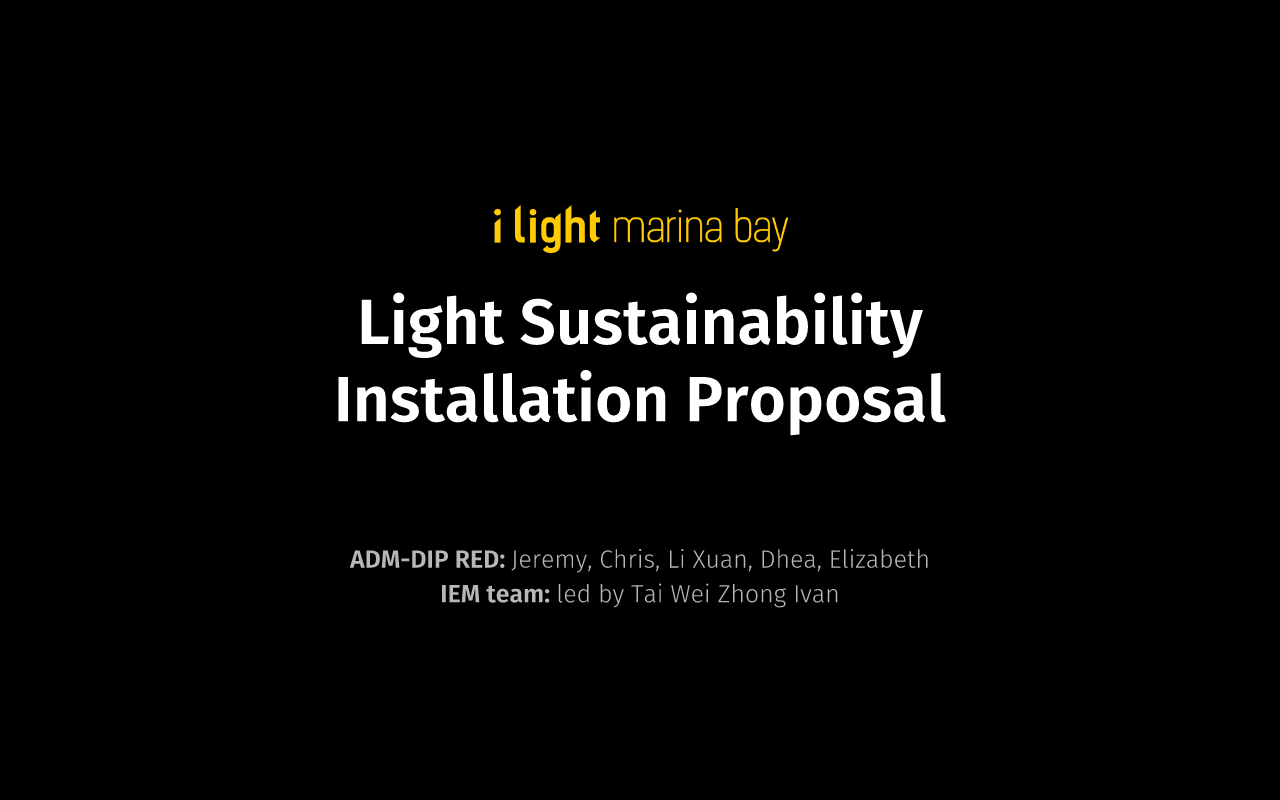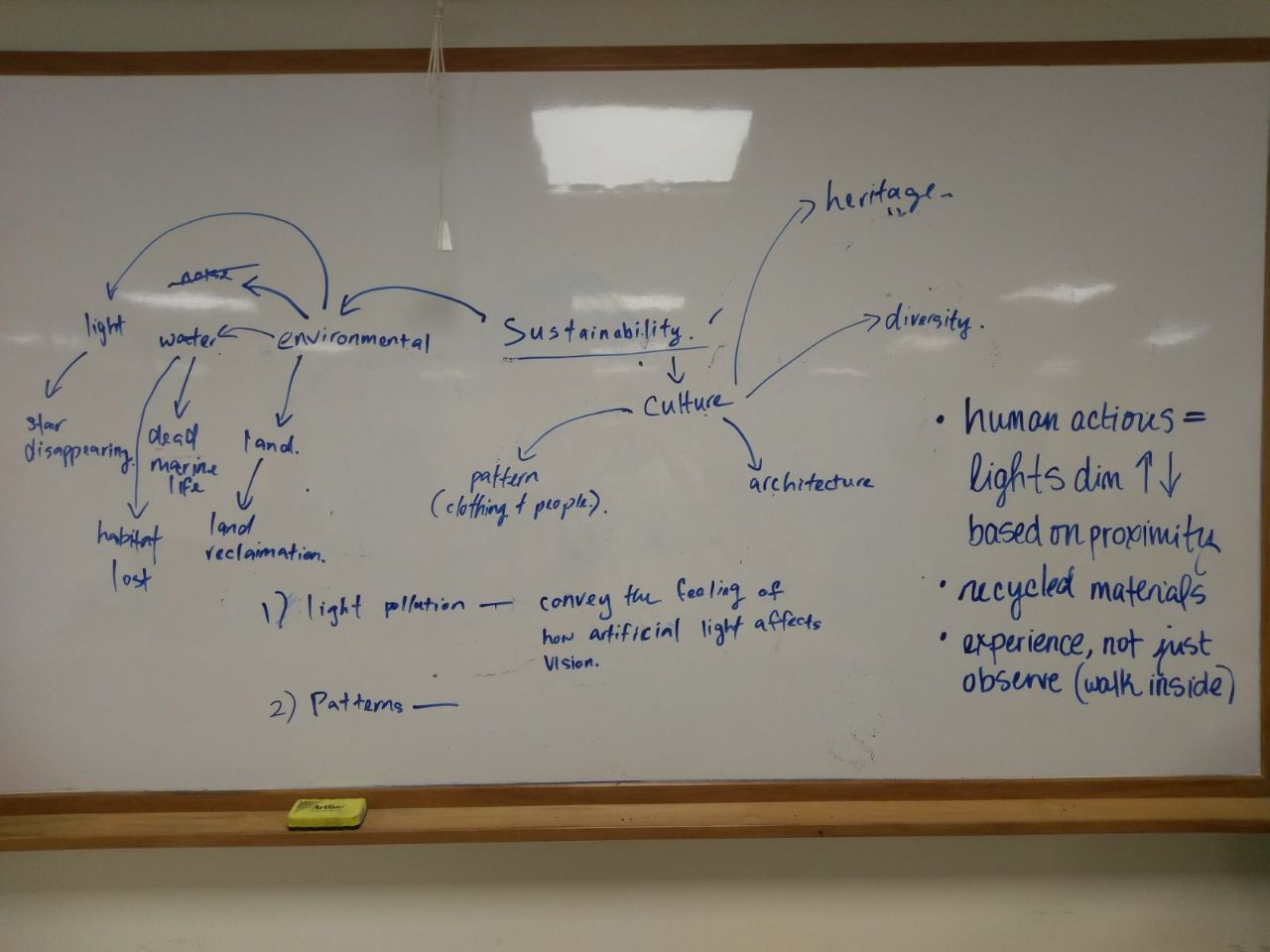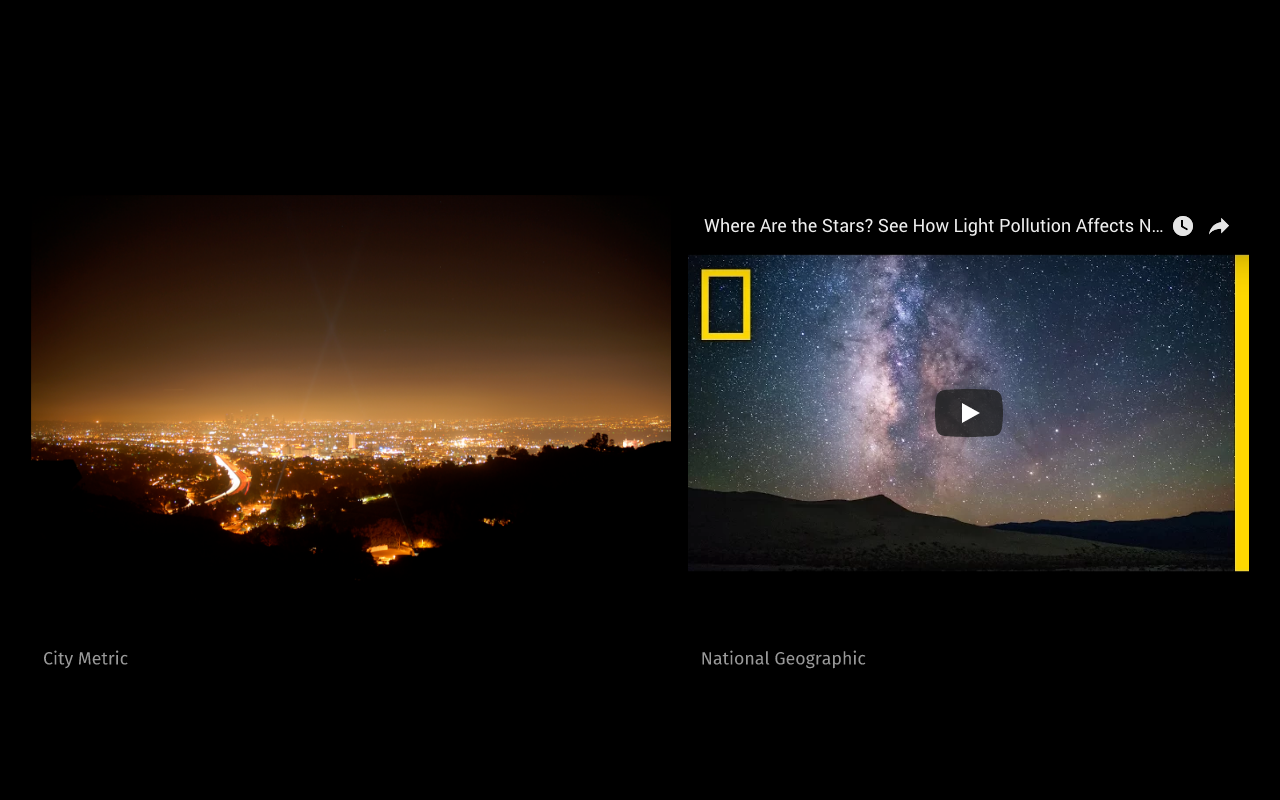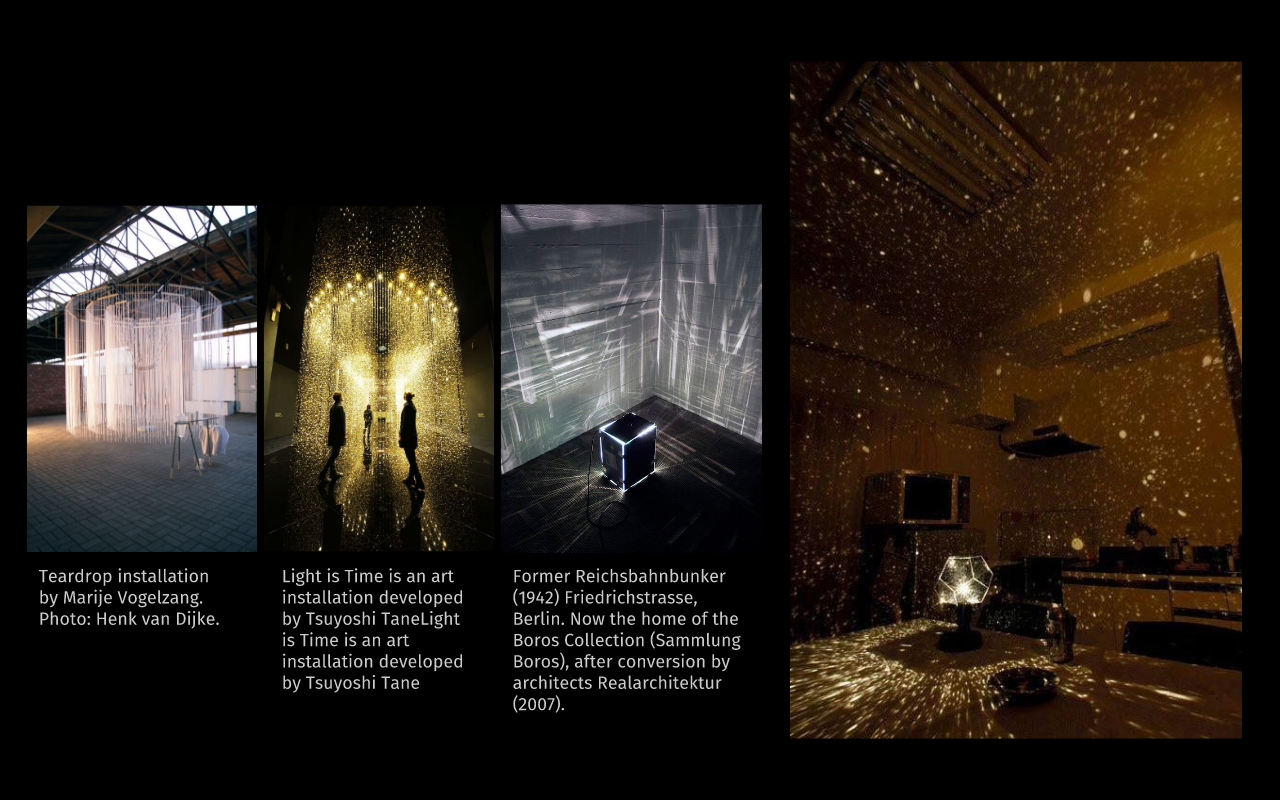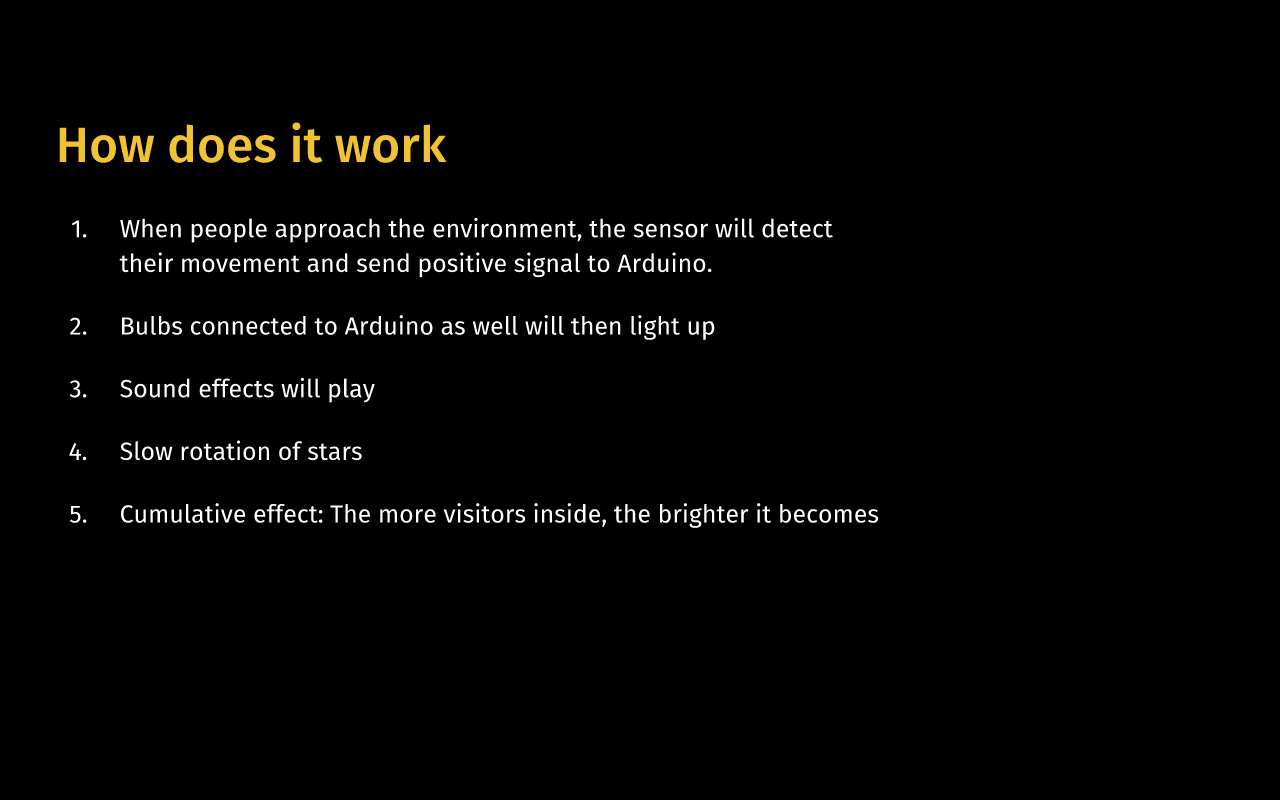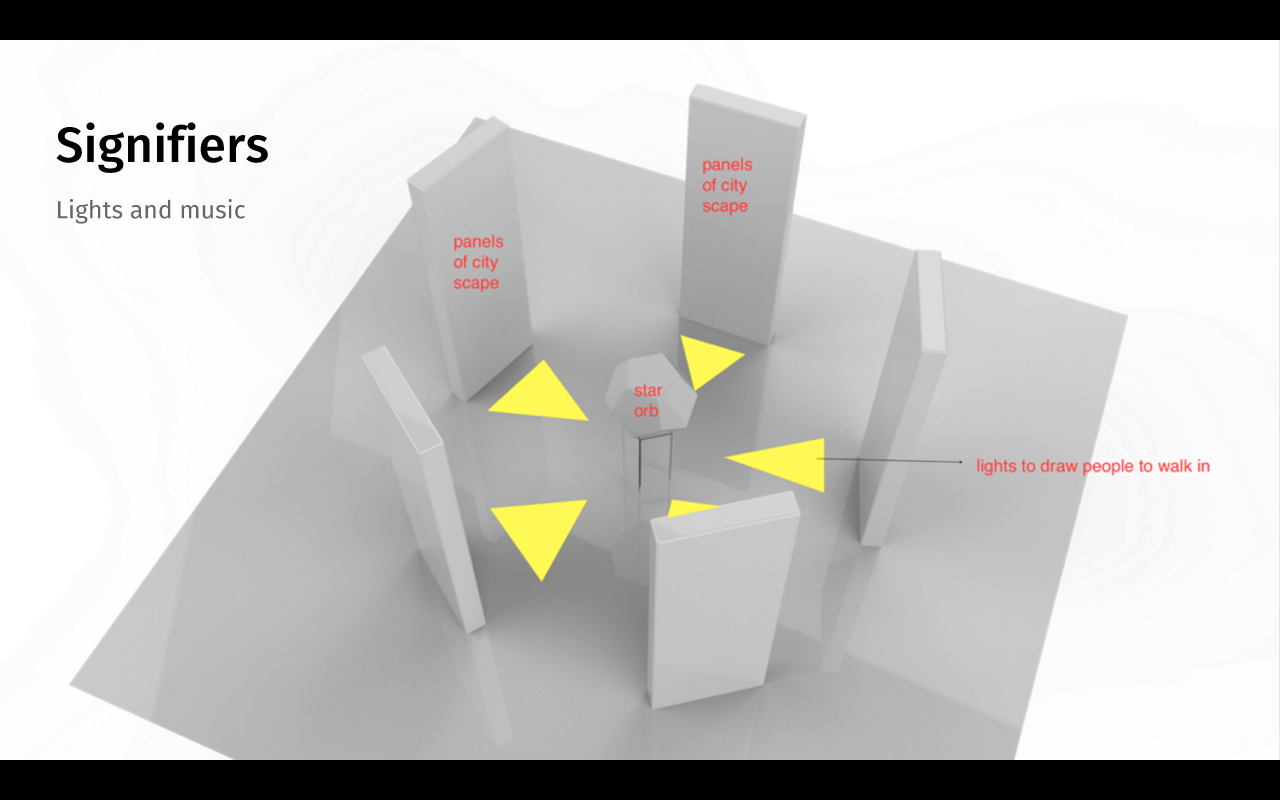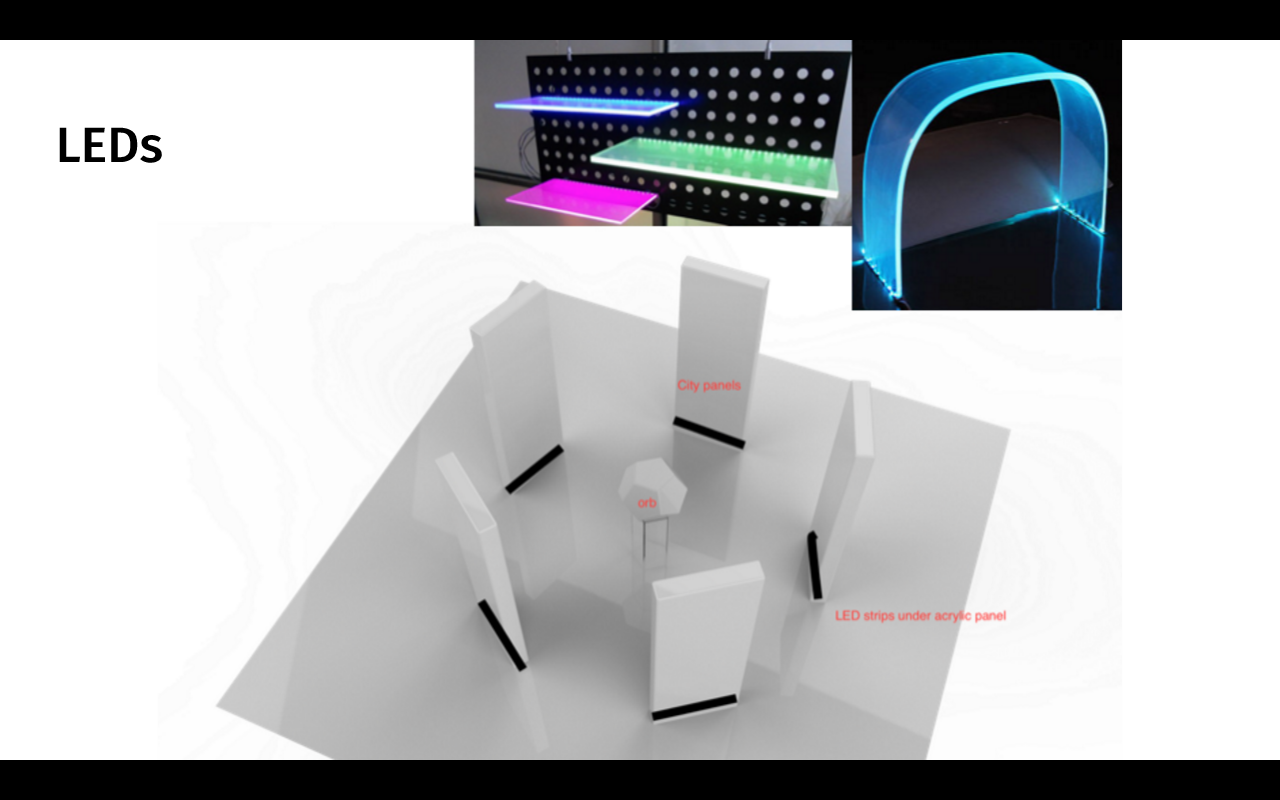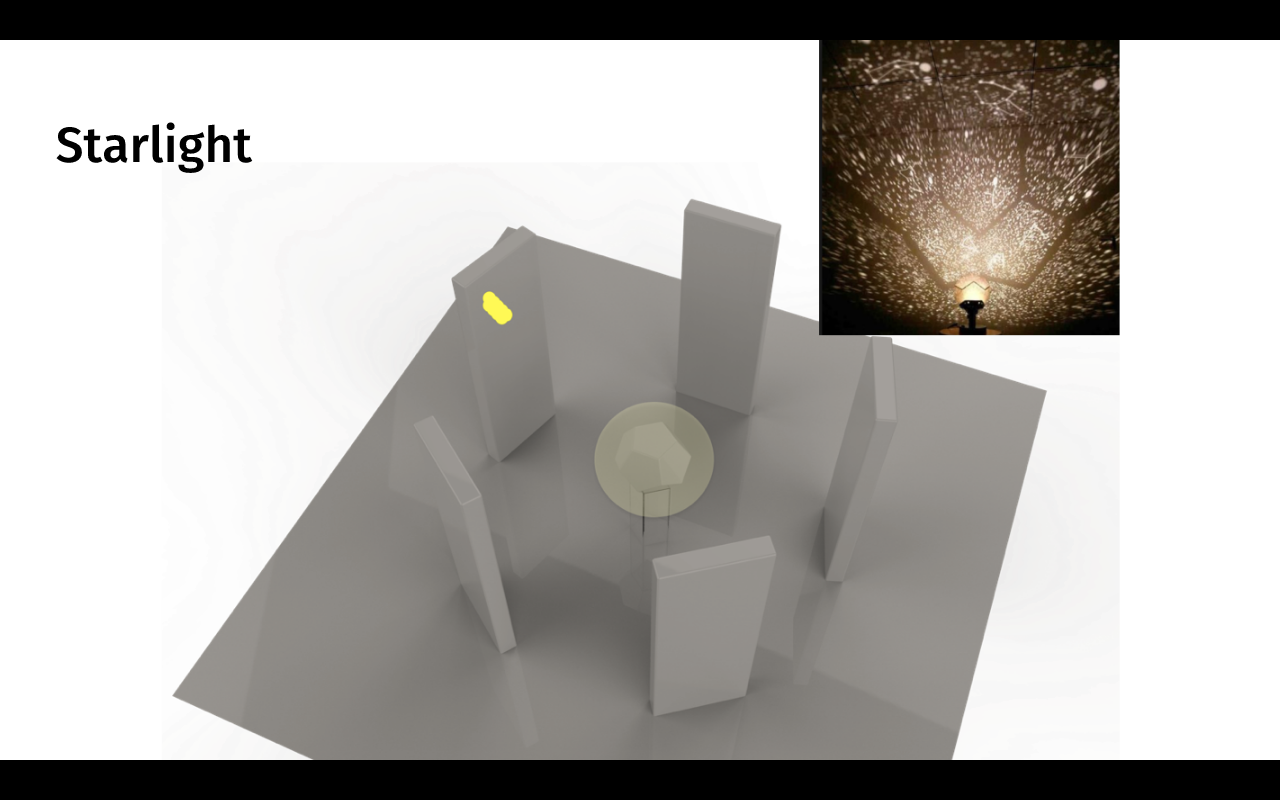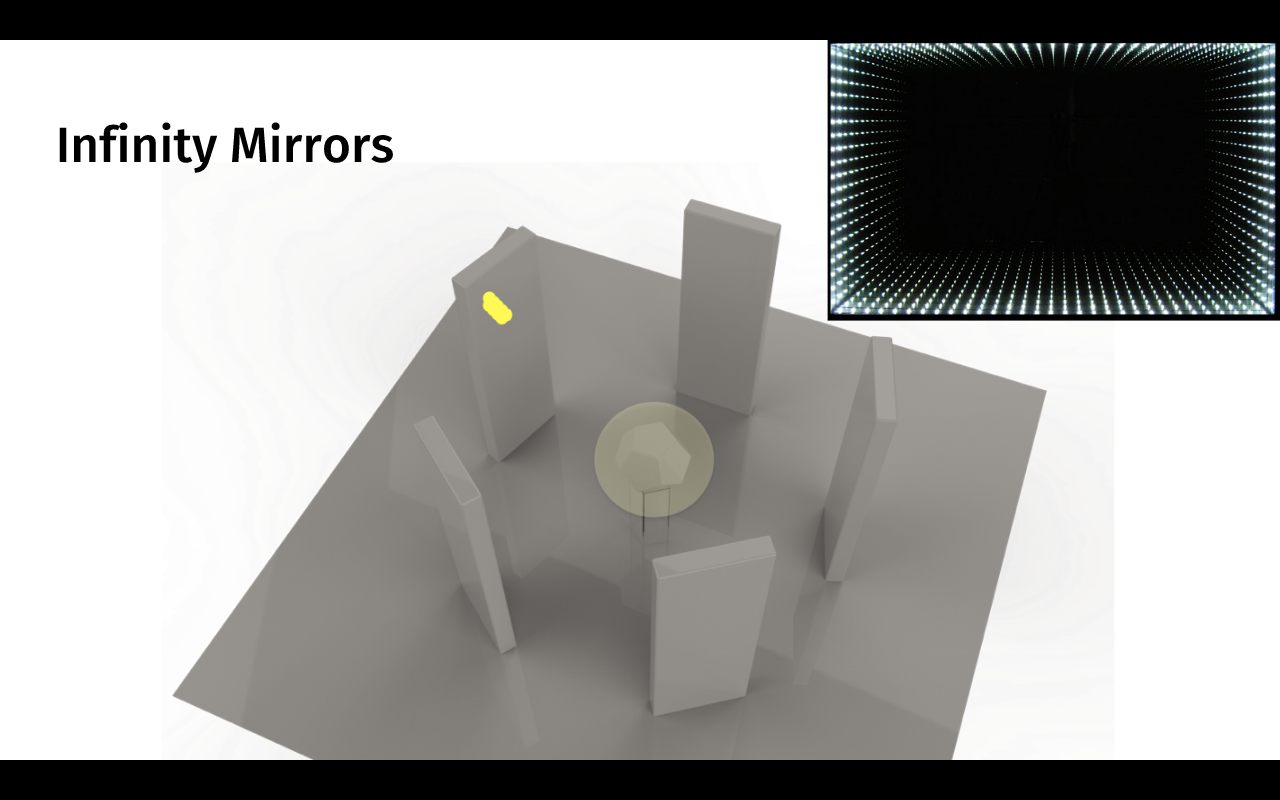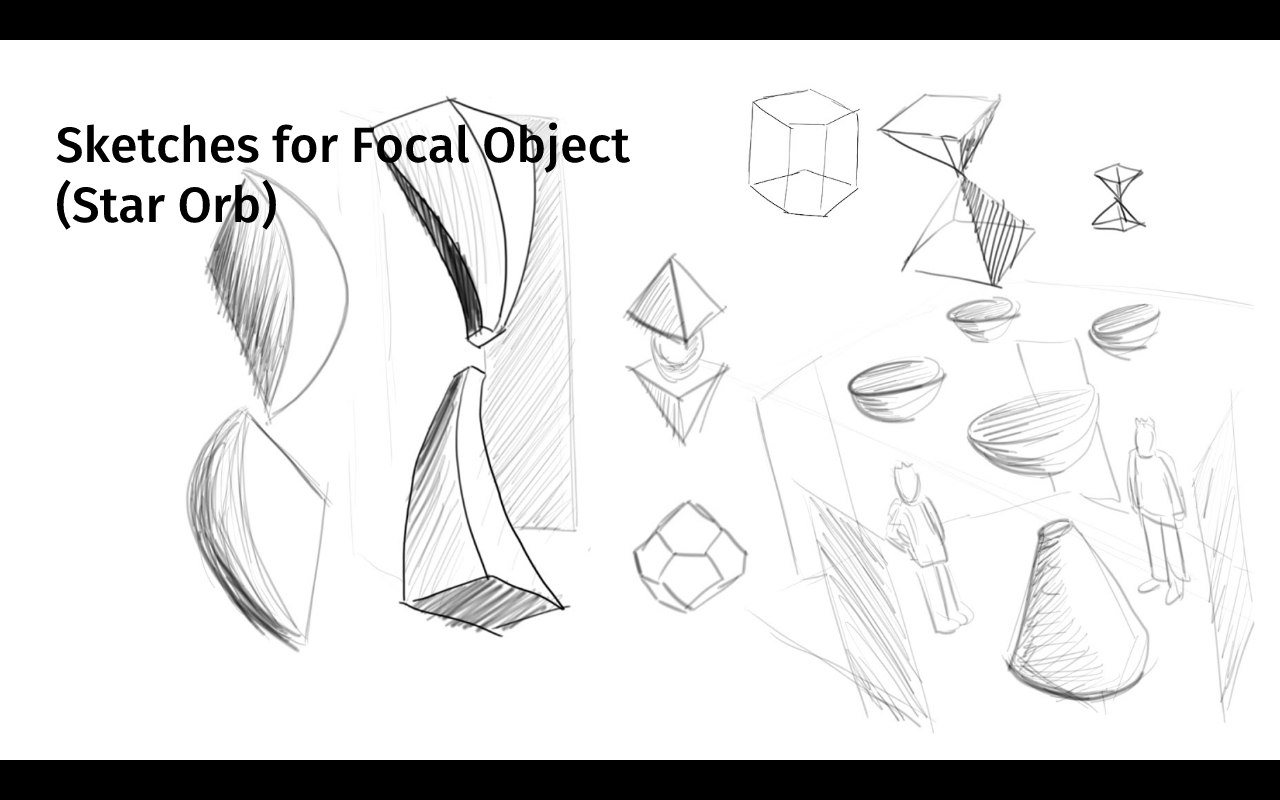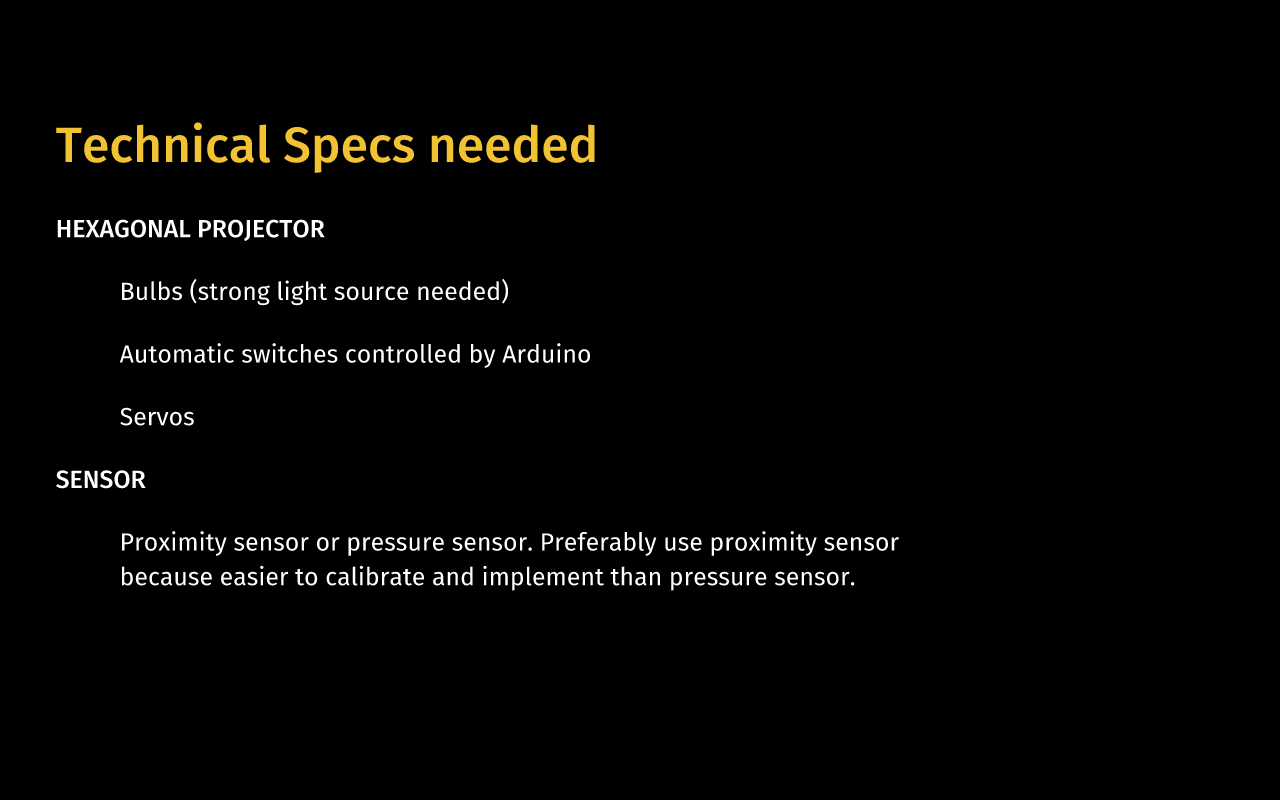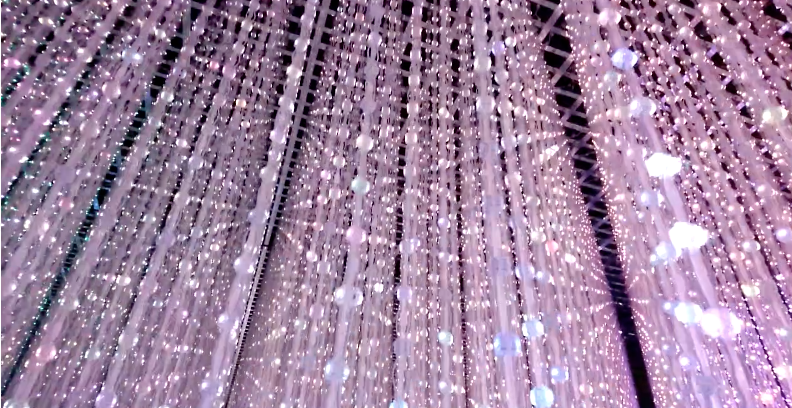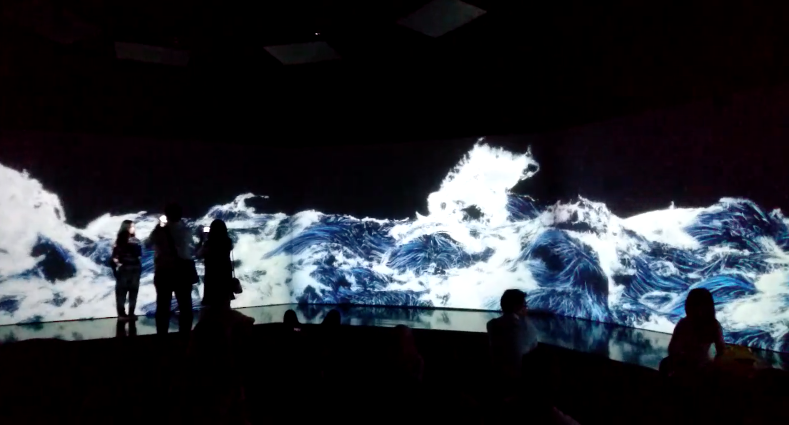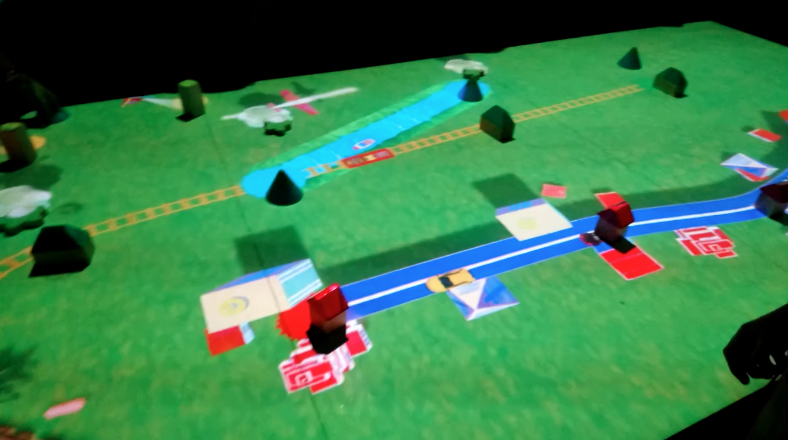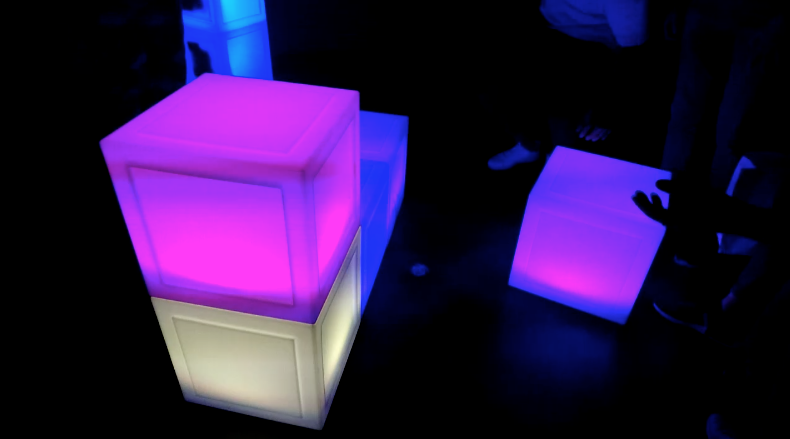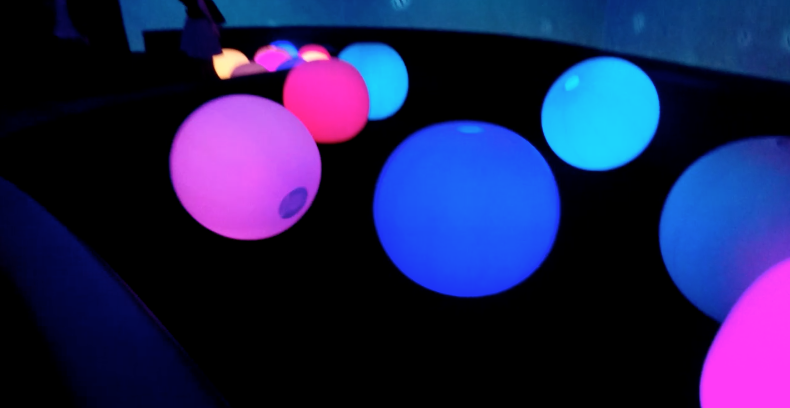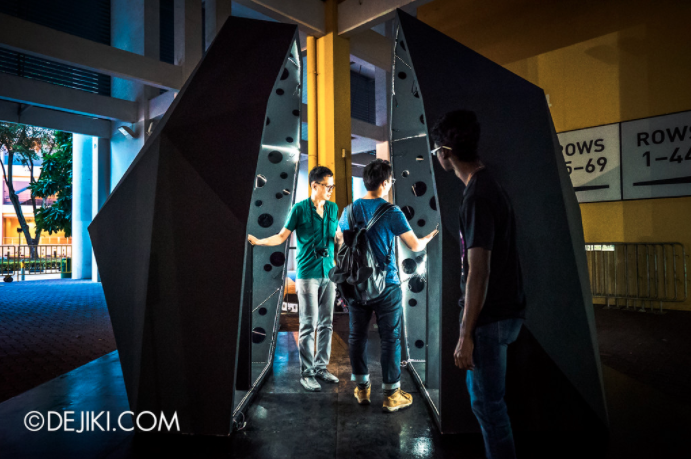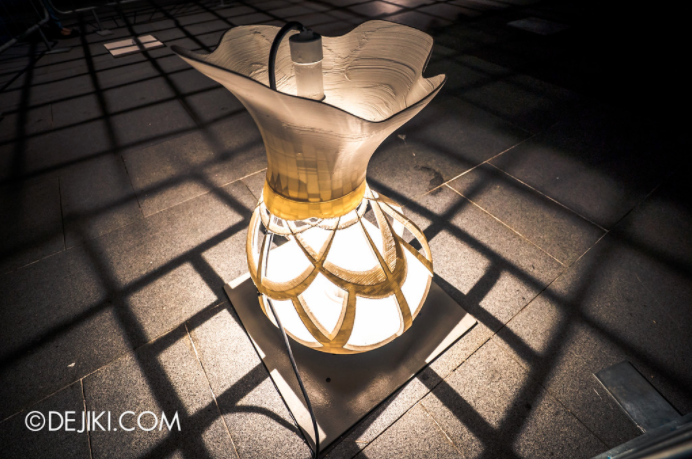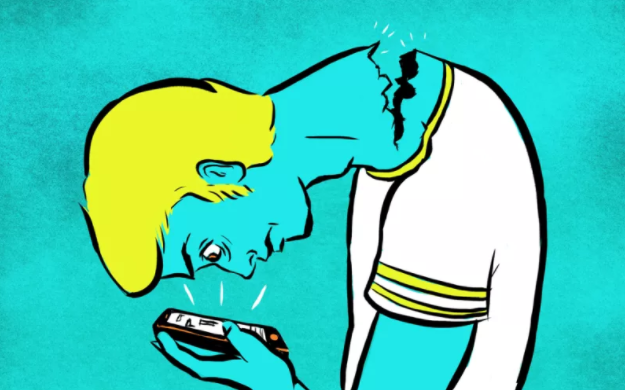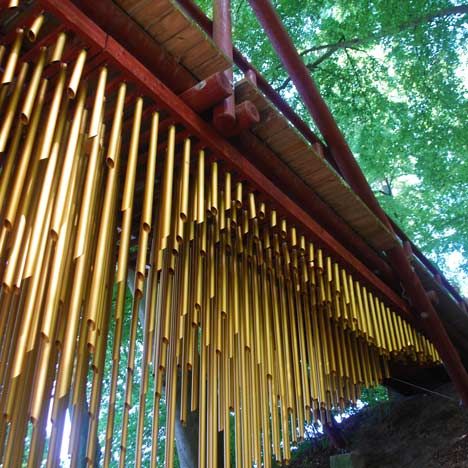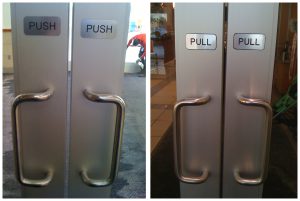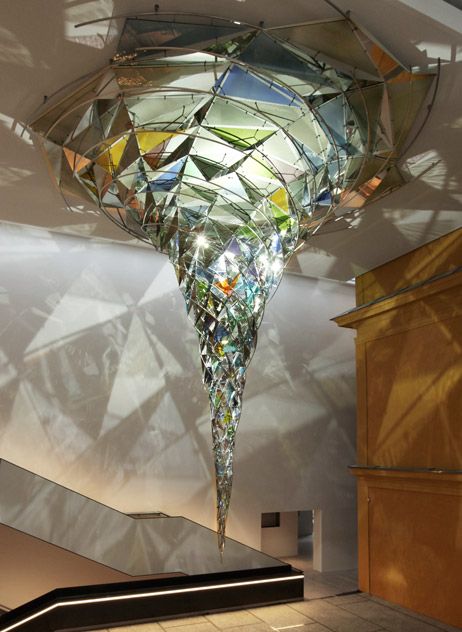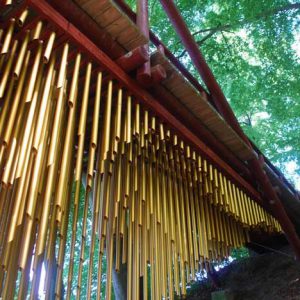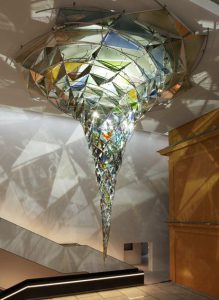Part 1
Prof Nohe’s works are very interesting and experimental. It piques the audience’s interest, and maintains this interest because of how much they can explore with the installation. The installation hinges mainly on the interactivity and how responsive it is to the audience’s interactions and choices of connecting different ports. This creates different effects and different “music”.
The interesting part comes when 2 or more people comes. The music might be too loud at that point for verbal communication, and they might try to just make music base on each other’s actions and the sounds that they make, which becomes very intuitive and empathetical. This reminds me of the way a game called Journey is played; there is no way for the characters to communicate, neither mic nor chat, but through actions and sounds made by the characters in the game. Surprisingly, most players bond tighter through this, as compared to other games where communication is involved.
Part 2
Day 1 – Diary
I use my phone the moment I wake up and check for messages and my social media. I usually do this for 30 mins before I fully wake up to get started on my day. I would usually watch Youtube when I am eating and when there isn’t anyone to talk to, and then play mobile games like Soul Knight and Cytus (music game) when I am travelling on the MRT to school. Alternatively, I will listen to music if I am not in the mood for games. I don’t usually take photos unless I see something cool, but I would still place the quality of cameras as priority when choosing a phone. My phone is equipped with a Swype keyboard so I take down notes a lot faster through my phone as compared to writing notes down. Other things that I do on my phone is to upload documents and pictures on google drive so that I will never have to use a wire to connect both devices manually. Navigation via Google Maps helps a lot when I am travelling to a new place. All in all it is used for almost everything, from social and entertainment to work – there is no way I can live without it.
On the way to school, you can also see most people using their phones for the same reasons; communications via text messaging and video calling, social media, and gaming to pass travelling time. Even when I am eating with friends, there will always be a high chance that my friends would bring their phones out to show us something funny or cool.
Day 2 – Torment
It was like living off the grid with no more connection to anyone outside of anywhere I am. It becomes highly inconvenient and incredibly boring when I am traveling, with no way of knowing when the bus will arrive and no way of self entertainment. I still do people-watching on the MRT, but it is different without music because then it feels like you are intruding into their personal spaces by listening to their conversations. It becomes more than just body language; it becomes everything personal. No access to computers mean I will not be able to get most of my work done, since I need to use computer softwares for certain project and I am not able to read or reply any emails.
Being an avid gamer, having no access to computer or my phone means I will not be able to play any games either, which is painful when my daily schedule includes late night gaming. There isn’t much I can do but disturb the people working around me, go out of school/home, or read a book. I went to hike the Southern Trails at Hort Park that day. It is sad, but there is no way I will be able to live without any devices right now. 🙁


